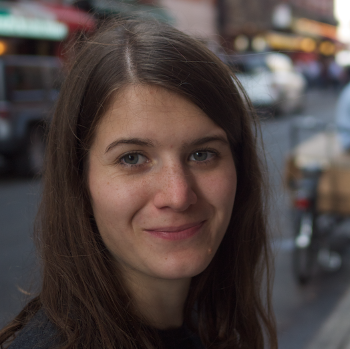At this time of the year, have you already had the song “Last Christmas” by 80’s band Wham! stuck in your head? Earworms - or Involuntary musical imagery (INMI) as science calls them - surely are familiar to everyone. In his book “Musicophilia”, Oliver Sacks refers to them as “brainworms” or “cognitively infectious musical agents” [1]. They constitute musical fragments 15-20 seconds in length corresponding to a theme of 3-4 bars that keep on circling round and round in one’s mind.
Most studies have focused on what structures within music cause earworms and who is susceptible to them. The answer is almost everyone seems to be getting earworms [2]. Sometimes, earworms are induced by a memory. But they can occur spontaneously too. They are favoured if a song is simple and contains a lot of repeating elements or if the song itself is re-played again and again. Much of this seems like common sense, but a group of psychologists did a study with 3,000 participants to confirm this. They compared the structure of 200 songs that frequently cause INMI with songs that were never mentioned to induce earworms and concluded that earworms occur more frequently when a song is faster, has a generic (easy-to-remember) melody that also contains some unique, unexpected twist such as leaps or repetitions that sets it apart from the “average” song [3].
Strategies to combat earworms include consciously singing or listening to the song in full, trying to displace the earworm with another song, or trying to engage in some more demanding activity (e.g. reading) [4]. We haven’t found much sound, convincing scientific evidence that any of these actually work, however, feel free to try them at your own discretion!
To date, little is known about the neuronal basis of earworms. The phenomenon is not studied a lot, probably because it’s is not really a disease, though it can be annoying. We found one experiment in the scientific literature that we thought we explain to you in a bit more detail [5]. It is trying to figure out where in the brain earworms are formed. The scientists asked several trained musicians to either (a) listen to music or (b) imagine music. They then identified the brain areas that are active in both listening to and imagining music. This is a first step. But is voluntarily imagining a piece of music really the same as having an earworm? And what about the regions that are only active in imagining music but not during listening to music? It is not possible to identify those with the current study design. Furthermore, what is the cellular basis for earworms? Which type of brain cells are involved? Where do the triggering signals come from, do they originate from within the brain? As always, attempting to answer one simple question (“Where in the brain do earworms reside?”), leads us down the rabbit hole, and reveals how little we understand about how music interacts with our brains.
[1] Olivers Sacks “Musicophilia”, 2008, Picador
[2] Liikkanen, L. A. (2012). Musical activities predispose to involuntary musical imagery. Psychology of Music, 40(2), 236–256
[3] Jakubowski, K., Finkel, S., Stewart, L., & Müllensiefen, D. (2017). Dissecting an earworm: Melodic features and song popularity predict involuntary musical imagery. Psychology of Aesthetics, Creativity, and the Arts, 11(2), 122–135. http://doi.org/10.1037/aca0000090
[4] Williamson VJ, Liikkanen LA, Jakubowski K, Stewart L (2014) Sticky Tunes: How Do People React to Involuntary Musical Imagery?. PLOS ONE 9(1): e86170. https://doi.org/10.1371/journal.pone.0086170
[5] Zhang, Y., Chen, G., Wen, H., Lu, K.-H., & Liu, Z. (2017). Musical Imagery Involves Wernicke’s Area in Bilateral and Anti-Correlated Network Interactions in Musicians. Scientific Reports, 1–13. http://doi.org/10.1038/s41598-017-17178-4
About the author
Anna Köferle studied Molecular and Cellular Biochemistry at the University of Oxford and then completed a PhD at University College London. She is interested in gene regulation, epigenetics and everything to do with the gene editing tool “CRISPR”. Since starting as a researcher at Ludwig-Maximilians-Universität in Munich two years ago, she has also developed some interest in topics relating to neurobiology.
